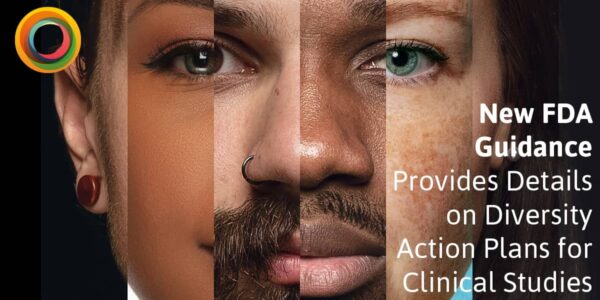
Communities, countries and ultimately the world are only as strong as the health of their women. To celebrate Women’s Health Day 2024 we’re shining a spotlight on the history of women’s health, how far we’ve come and what more can be done.
A Brief History of Women’s Health
During the period spanning from 1977 to 1993, an FDA policy advised the exclusion of women capable of childbearing from Phase I and early Phase II drug trials, regardless of their marital status or contraceptive use. This precaution stemmed from historical incidents such as the thalidomide trials, which resulted in infants born with limb deformities (thalidomide was a sedative that was never approved in the US). Another reason was purely economic: concern regarding the influence of women’s menstrual cycles on data collection, leading to prolonged and costly trials due to changing parameters.
Additionally, women typically experience and report more adverse effects than men (leading to drug withdrawals), potentially attributed to differences in drug metabolism, thereby contributing to their exclusion from trials. This pattern persists to the present day, as evidenced by statistics indicating that between 2004 and 2013, women in the United States encountered over 2 million drug-related adverse events, compared to 1.3 million among men.
Hysteria: Challenging Gender Stereotypes in Medical Diagnosis and Perception
Until the end of the 20th century women’s conditions were persistently labelled as “hysteria”, with hysterical neurosis being only officially removed from the Diagnostic and Statistical Manual of Mental Disorders in 1980. However, a 2018 literature review examined 77 articles, which portrayed women as emotional and hysterical, contrasted with men who were depicted as courageous, stoic, and grappling with their sense of masculinity when dealing with chronic pain.
Migraines and more: Gender Imbalance in Disease Funding Allocation
In most instances, conditions primarily impacting women, such as migraines, headaches, anorexia, and endometriosis, receive substantially less funding compared to diseases primarily affecting men, when funding allocations are aligned with disease burden (AA Mirin, 2021).
Heart Disease Diagnosis and Treatment
In a study conducted in 2008 with 230 internists and family physicians, signs of heart disease were more commonly associated with stress in women. Only 15% of participants diagnosed heart disease in women compared to 56% in men. Moreover, women received fewer referrals to cardiologists (30% versus 62%) and were prescribed cardiac medication less frequently (13% versus 47%).
Global Disparities in Maternal Health Guidelines and Care
The Lancet published a paper in 2023 highlighting the significant, long-term consequences faced by 40 million women as a result of labour and childbirth. These consequences include dyspareunia (35%), low back pain (32%), urinary incontinence (8-31%), anxiety (9-24%), depression (11-17%), and other issues. Many of these consequences could potentially have been prevented. However, a literature review spanning the last 12 years reveals a lack of high-quality guidelines for 40% of the 32 priority conditions, with no quality guidelines originating from low- or middle-income countries.
Gender Disproportion in HIV Clinical Trial Participation
According to a report from the FDA in 2023, women constitute the majority of individuals living with HIV worldwide. However, out of 18 phase 3 HIV clinical trials involving a total of 13,000 subjects, only 15% were women.
The Future of Women’s Health
US President Biden Issues Executive Order and Announces New Actions to Advance Women’s Health Research and Innovation
In his State of the Union address, President Biden laid out his vision for transforming women’s health research and improving women’s lives all across America. The President called on Congress to make a bold, transformative investment of $12 billion in new funding for women’s health research. This investment would be used to create a Fund for Women’s Health Research at the National Institutes of Health (NIH) to advance a cutting-edge, interdisciplinary research agenda and to establish a new nationwide network of research centers of excellence and innovation in women’s health—which would serve as a national gold standard for women’s health research across the lifespan.
How mdgroup is supporting Women’s Health
Not only do our clinical trial services increase trial diversity and enable more people (especially women) to participate in life-changing research every day. We are also proud to announce that this year we are sponsoring the Magee-Womens Summit, a signature event of Magee-Womens Research Institute, the world’s largest organization dedicated to women’s health and reproductive sciences. Together with UPMC Magee-Womens Hospital, one of the US’s top hospitals specializing in women, and the University of Pittsburgh, ranked among the top 10 nationwide in federal grant and contract support, Magee-Womens is uniquely positioned to promote and shape scientific inquiry for women’s health topics.
“Women are the backbone of society, yet our health has never been a priority. For example, only 10% of research has been dedicated to menopause even though every woman spends a third of her life in this phase. There is five times more research into erectile dysfunction which impacts less than 20% of men. It’s very exciting to see the new plan for funding women’s health research. This will ensure better health outcomes for future generations.”
– LaQuinta Jernigan, Chief Operating Officer, mdgroup



